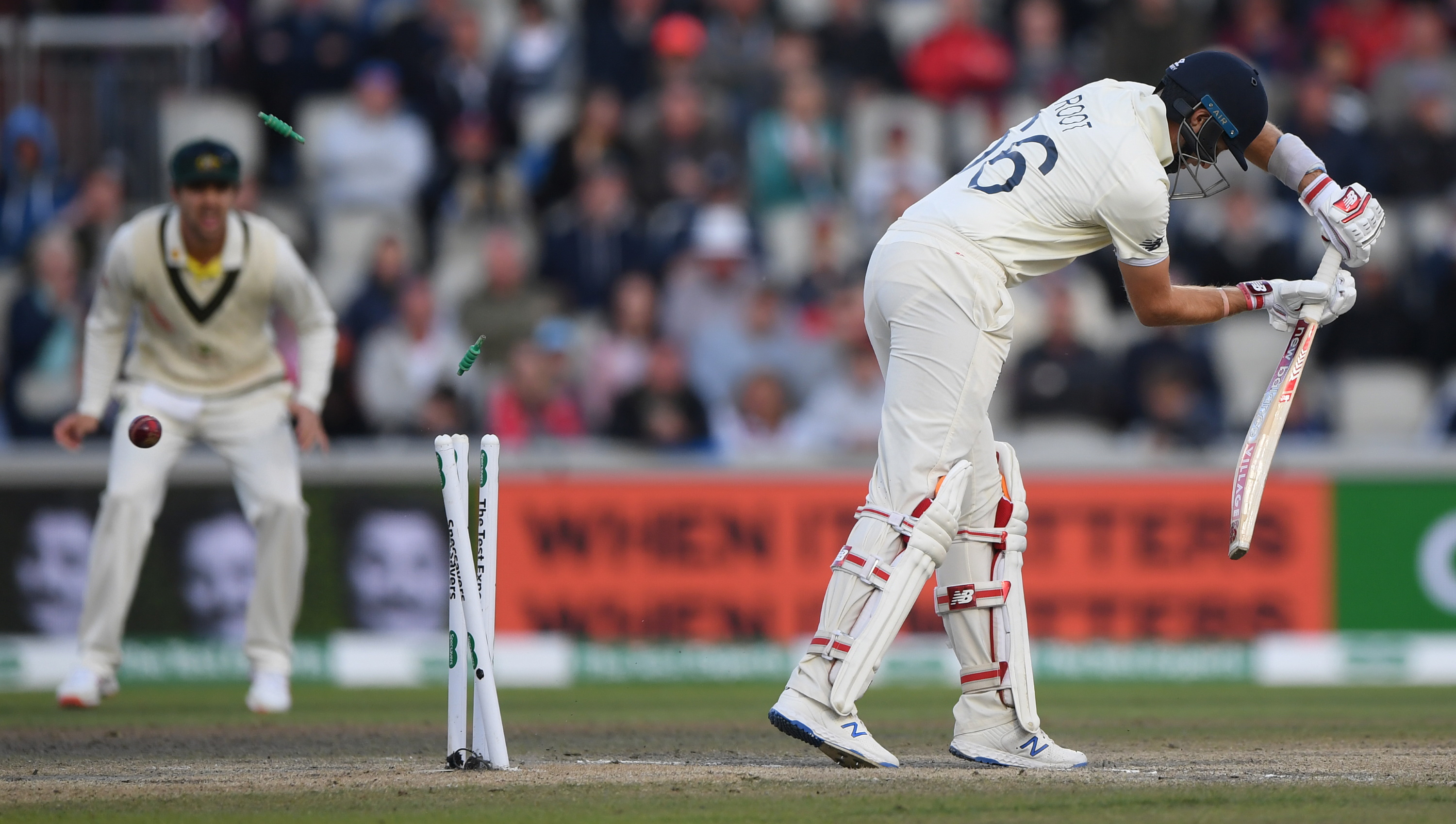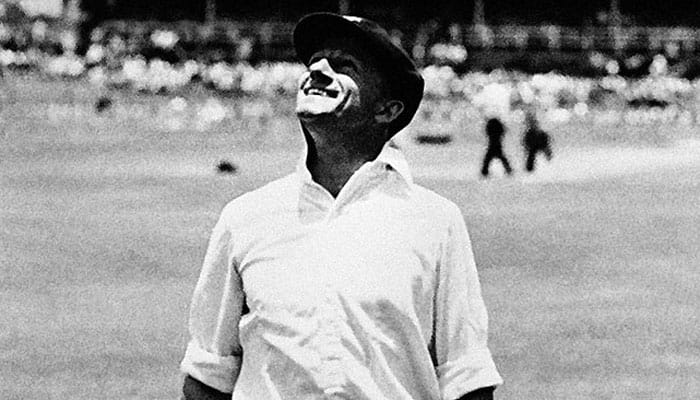“One of the big things about T20 is not having the fear of getting out!”
~ Brendon McCullum

Every format of the sport is constantly evolving and none of the three is held back. The two extremes of these three are T20s and Tests. The former has just 20 overs per side, where as the latter makes the go for as long as five days with around 90 overs per day. Both the forms of the game have their own ways to be relished.
T20 format of the game runs fast whereas the Test format teaches us the subtle joys of a ‘slow sport’. Following McCullum’s words, it is inferred that T20 is more about power, whereas Test cricket is all about patience, be is as a bowler or as a batsman. Patience is the key to a player’s success in that field. The prime example from our current Indian Test Team is Cheteshwar Pujara and Virat Kohli. Whereas, otherwise, Rahul Dravid, popularly known as ‘The Wall’ is one of the greatest red ball players, the cricketing world has ever witnessed. Other examples of best red ball players of all times can be seen in the names of Brian Lara, Ricky Ponting, Mathew Hayden, Sachin Tendulkar, and many more. Test cricket, in my opinion, is the true form of the game.

Cricket, particularly batting, requires one’s temperament to be on point. Temperament is necessary in any format of the game, be it T20s, ODIs or Tests. Temperament is a combination of mental, physical and emotional traits of a person which needs to be present in an individual as per the needs of the format. Power without temperament in T20s is meaningless. But, temperament without excess power is absolutely alright to handle. Any batsman knows that it is just one ball which takes him to fail. This demands focus. It’s a really tough test of character to put everything aside, to trust one’s mind and body to work together against an object propelled in different ways, and with a split second to respond. In The Art of Cricket, Don Bradman

describes the ideal batting temperament: “There is probably a greater premium on temperament for a batsman than for any player in any branch of sport. The batsman is not allowed one error. Is it any wonder temperament plays such an enormous part in batting? I always liked the player who was extremely conscious of his responsibility and all that went with it, who was really very thrilled under the surface, but who kept his emotions under control, the sort of player who would find it difficult to sleep or eat before a Test. That type usually possesses a high degree of nervous energy, which comes into play at the critical hour. He may be anxious on the morning of the match, but once he sets foot on the arena, he is in full command of himself and his reflexes are quick. This man will play better in a Test than any other match. He is the man for the occasion.”
Apart from temperament, T20 is all about power and numbers. Undoubtedly, in general, it is the Twenty-20 format which attracts the eyes of a number of fanatics and it is more enjoyed by them. This is mainly because of two reasons: Firstly, it is a really short format as compared to Tests. Secondly, the test match may go on for five days and may still end with a draw whereas T20 is played for three and a half hours and mostly produces a result unless there occurs some unavoidable circumstance.
Focussing on the Power aspect, no team can go ahead of the West Indies team in that matter. It is the best cricketing nation when it comes to playing T20s with perfection. T20s are ideally suited for data analysis.

In T20’s early years, the shortest format’s wider impact on cricket’s ecosystem sometimes seemed more interesting than the game itself. T20 today, a world of ceaseless innovation and conventions being inverted at a dizzying pace, does not need any embellishment. Hence, to conclude, both Test cricket and T20 cricket are in need of Temperament whereas power is not something which qualifies as a ‘necessity’ of both the formats.

